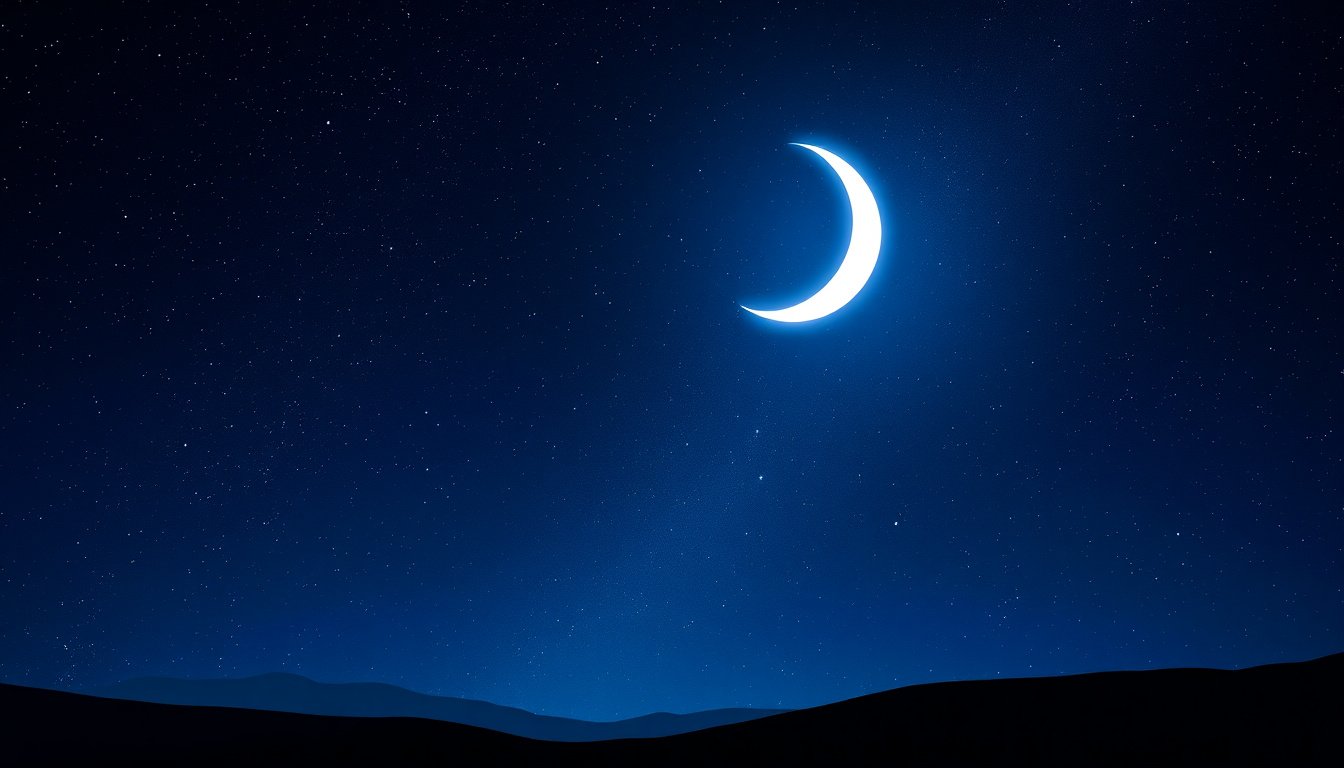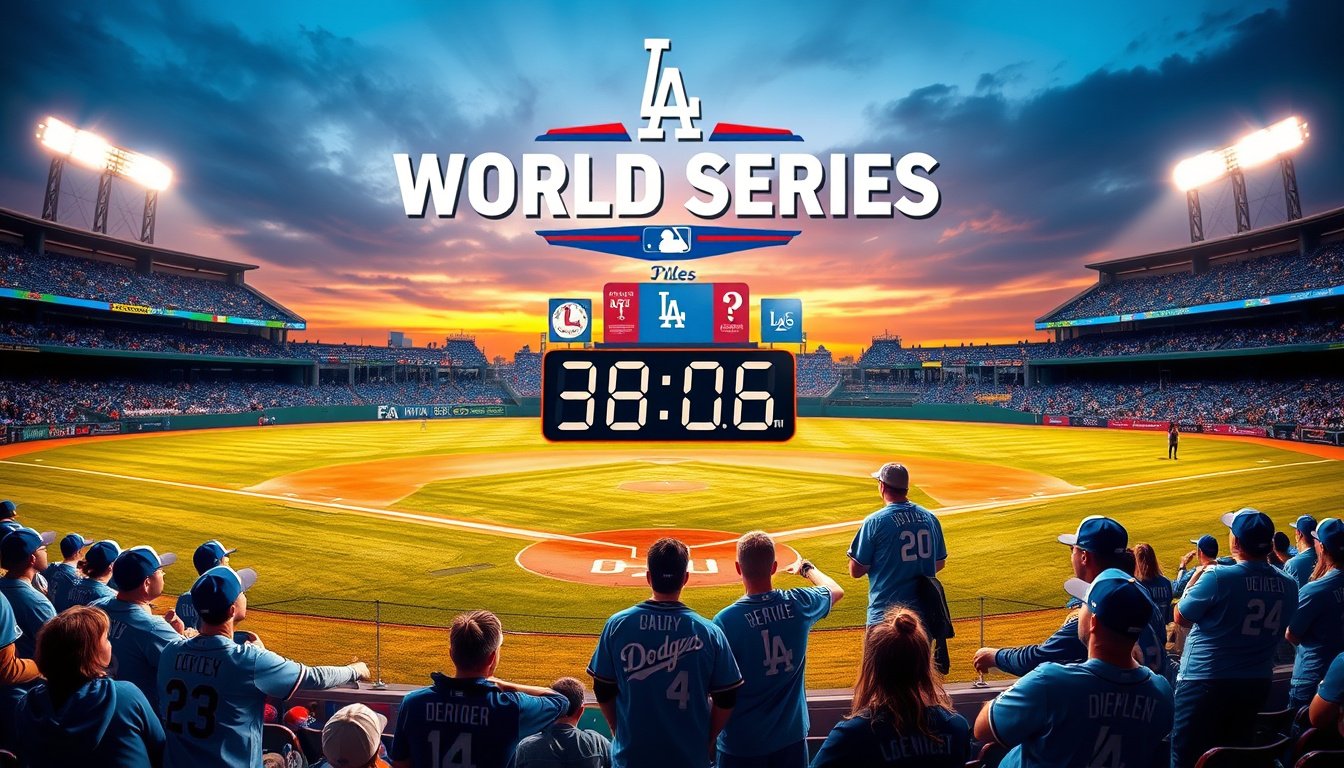If you glance skyward before dawn tonight, a stunning natural spectacle awaits: the bright planet Venus will appear close to the waning crescent moon, accompanied by the bright star Regulus. This celestial event, known as a conjunction, offers a rare chance to witness multiple prominent objects sharing the early morning sky.
What Is a Celestial Conjunction?
A conjunction occurs when two or more celestial bodies—such as planets, stars, or the moon—seem to come close together in the sky from Earth’s viewpoint. While these bodies remain millions of miles apart in space, their apparent proximity creates a beautiful and striking sight for observers on the ground. In this case, the trio consists of the moon, Venus (often called Earth’s twin because of their similar size and rocky composition), and Regulus, the brightest star in the constellation Leo.
When and Where to Watch
This particular conjunction was most prominent on September 19th, but the three will continue to be visible on September 20th, though no longer as closely grouped. For the best viewing, look toward the eastern horizon in the pre-dawn hours, focusing on the slender crescent moon as it sinks toward the horizon. Venus shines brilliantly nearby, easily spotted even without a telescope due to its intense brightness—second only to the sun and moon in our sky. Regulus, one of the brightest stars visible, completes this visually delightful cosmic gathering.
Viewing Tips for Stargazers
- Find an unobstructed location with a clear view of the eastern horizon.
- Check weather conditions to ensure clear skies.
- If possible, head to designated “dark sky” locations to avoid city light pollution.
- You don’t need special equipment—Venus and the moon are easily visible with the naked eye.
- Binoculars or a small telescope can enhance the experience, revealing more detail.
Ideal Viewing Spots in Ohio and Beyond
For residents in Ohio and the surrounding areas seeking an excellent vantage point, several designated dark sky sites offer ideal conditions:
- Geauga Observatory Park in Montville Township, a recognized dark sky spot with low light interference.
- Fry Family Park near Canton, certified as an urban dark sky area allowing good views despite nearby city lights.
- Burr Oak State Park, Stonelick State Park, and Wayne National Forest also provide exceptional night sky visibility with minimal light pollution.
Why Do Conjunctions Happen?
The orbits of planets around the sun vary in speed and distance. Occasionally, their paths align so that two or more planets—or in this case, planets and the moon—appear close from our line of sight on Earth. The moon’s orbit around Earth adds to these dynamic sky shows. These cosmic alignments offer both amateur stargazers and astronomers opportunities to observe multiple neighboring worlds simultaneously.
Don’t miss this enchanting skywatching opportunity tonight. Whether you are a seasoned astronomy enthusiast or simply looking for a peaceful moment under the stars, spotting Venus alongside the moon is a breathtaking experience connecting us all to the vastness of our solar system.
So, step outside before dawn, look east, and enjoy the celestial show!










